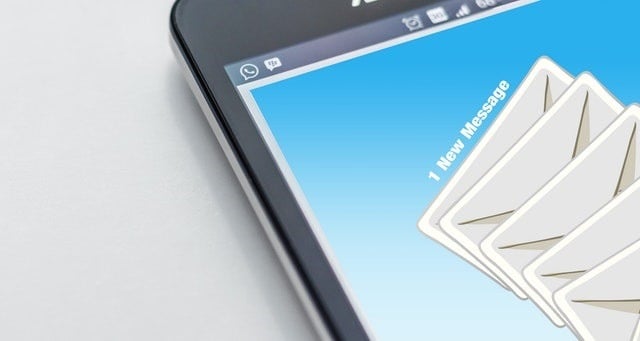Thank heaven for spam filters. If it wasn’t for them, trying to deal with our inboxes on a Monday morning would be like wading through treacle, even more than it is at the moment, and the chances are, we would be gathering up all those unread messages and dumping the lot of them, including half a dozen important emails from senior managers and our best customers.
It sounds like an exaggeration, but think on this – every day there are anything up to 400 billion spam messages sent. That number is mind-blowing. Just over a third of the world’s population is on email. That works out at 150 spam messages each – daily!
Spam filters might make our lives manageable, but for a marketer, they can be a double edged sword. Researchers say that 20 percent of commercial emails do not make it to the sender’s inbox. The most recent developments, such as the every cloud spam filter service, use innovative machine learning technology and are more effective than anything that has come before from telling the difference between genuine messages and spam.
This is good news, but does not get us past the fact that right now, 1.2 billion people use Gmail. For every marketer, the Gmail spam filter is the biggest obstacle between them and a successfully delivered marketing communication. Here, we offer some basic tips to help you get your message across.

Get permission
If your address is explicitly acknowledged as not being spam, you will not have a problem, so the best solution is for the receiver to subscribe or opt in. In so doing, they are telling Gmail that your emails are something they want to see. You can also remind them to add your email address to their contacts list, and you could include a reminder that they should check their spam folder and click “not spam” if your messages find their way in there.
Content is key
You have probably been told hundreds of times that content is the biggest factor in attracting traffic to your site, but it is also critical when it comes to email communication. If your mails are not getting through, go through the content piece by piece and try to track down the problem. It could be related to an image, a link or perhaps a spammy phrase such as “special discount offer.”
Make it personal
If your communication looks like a circular that has been distributed to 1,000 different people, Gmail will assume that’s exactly what it is. Try to put a personal touch in the subject box so that it is clear that this is a message meant specifically for the recipient. Also think about the sender address. It is usually better for it to be coming from an individual, such as bill.gates@microsoft.com rather than sales@microsoft.com.
Monitor and manage
If you send out emails and just hope for the best, you are doomed to failure. Keep an eye on your engagement metrics – are recipients opening your emails, or are they simply dumping them or reporting them as spam? Use this information to either re-engage with potential customers, or to remove them from your mailing lists and focus on those who are showing an interest in what you have to say.

